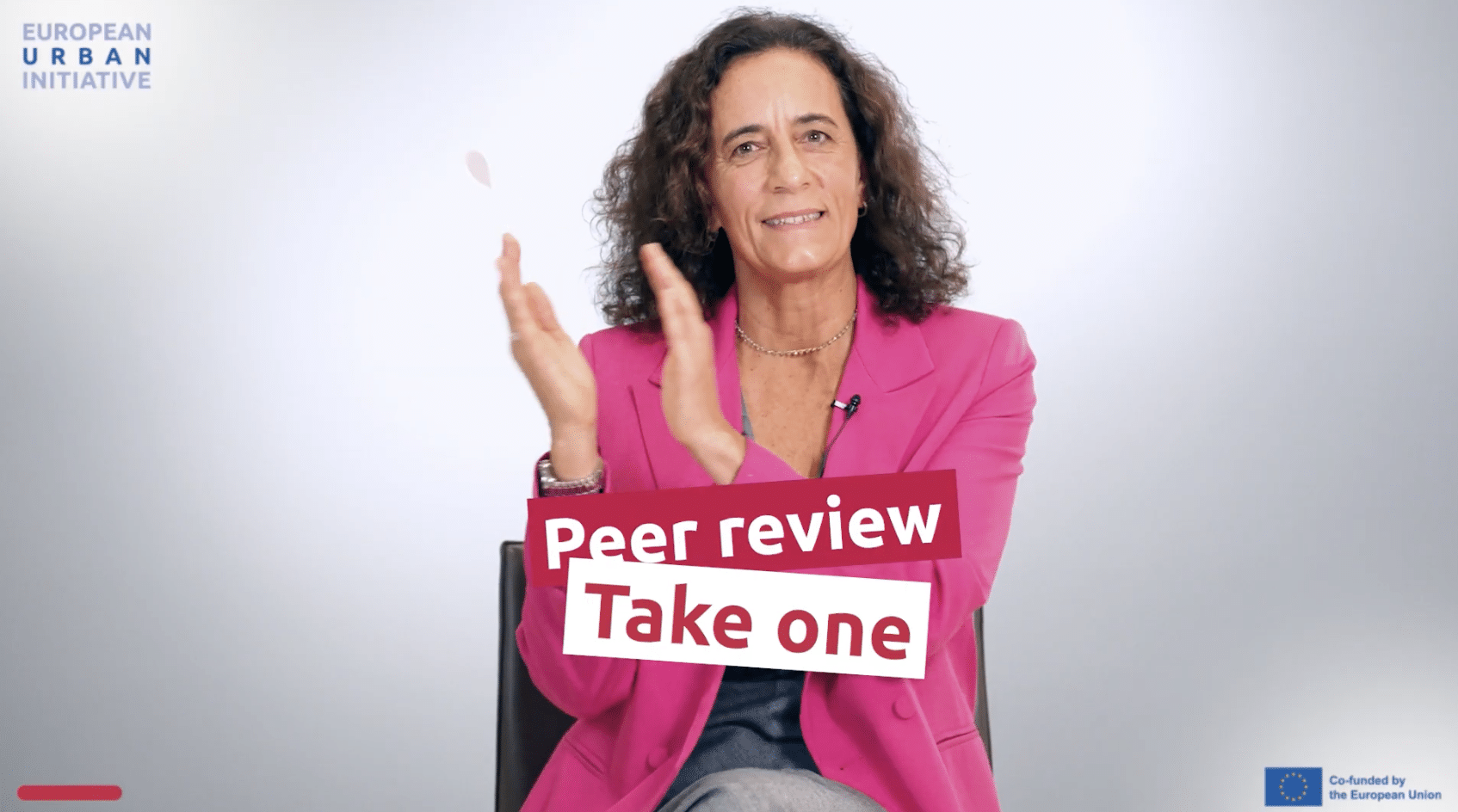For the last years, the idea of a new institution to strengthen knowledge and technology transfer from science to society has been discussed in the German innovation and science policy debate. Policy makers hope that this will give a boost to the application of scientific findings, a topic often mentioned as a weakness of the German innovation system. With this in mind, the new government coalition has announced the creation of a “German Agency for Transfer and Innovation” (DATI) in its coalition agreement. The agency is supposed to be founded this year, a corresponding white paper was published by the German Federal Ministry for Education and Research (BMBF) at the end of March 2022.
As other concepts, DATI takes up, as far as is known, the principle of regional clusters or innovation ecosystems (as they are called at EU level recently). Clearly, this concept does not represent an entirely new approach to promoting knowledge transfer, also with a view to the model of regional innovation clusters in the UK, which is explicitly seen as a model for DATI. Furthermore, there are already numerous existing support programmes in the area of knowledge and technology transfer in Germany. It is therefore important that the new DATI approach will be coherent with existing concepts and, above all, that synergies are used to establish DATI as quickly as possible.
Based on the experience we have gained in carrying out various evaluation projects on transfer and cluster programmes throughout Europe and on the German initiative “Innovative Universities” (“Innovative Hochschule”, IHS) in particular, we would like to outline some lessons for DATI (and for initiatives beyond Germany) from our personal perspective as consultants and researchers in the field of transfer. In particular, we demonstrate why DATI should build on structures from Innovative Hochschule in order to “boost” transfer in Germany (and elsewhere) in an efficient and timely manner.
Innovative Hochschule – what works
From our experience as evaluators: What are the strengths of Innovative Hochschule as one of the most important German funding programmes in the area of transfer between Higher Education Institutions (HEIs) and society in recent years?
- Firstly, IHS is characterised by a very open understanding of innovation. Technical innovations as well as “social innovations” can be funded. According to our analyses of the projects in IHS, this diversity is also relevant in practice: at least 23, i.e. almost half of the 48 HEIs currently funded, are pursuing projects that are intended to (also) result in social innovations. This broad approach to innovation and transfer funding is necessary in order to address the diversity of social challenges in the respective regions: In the German discussion, the keyword “transfer” is still often used to refer primarily to cooperation between HEIs and companies. It is therefore all the more welcome that the BMBF white paper on DATI takes a broader perspective on transfer and innovation funding.
- Another characteristic of IHS is the dialogue-oriented and participatory approach of the projects. In concrete terms, the HEIs often use instruments such as regional conferences with local companies, stakeholder workshops with municipal representatives or elements of citizen science to include the perspectives of business and society. Specifically, so-called innovation labs are prominently mentioned in the projects. 46 out of 48 IHS projects rely on this format in different variations. Our surveys of regional stakeholders outside the innovative HEIs show: The networking elements currently used by HEIs and their partners are definitely perceived in the region and lead to a strengthening of the role of the HEIs in the regional innovation system.
- Another feature of Innovative Hochschule that should not be neglected is the financial “boost” for transfer activities and structures at HEIs. Compared for example to the funds of the German Research Foundation (DFG), 550 million euros over 10 years is not a large sum for Innovative Hochschule. Alliances of universities of applied sciences have demanded one billion annually for DATI in their recently published position paper. For the individual universities of applied sciences, however, funding via IHS means a considerable increase in resources available for transfer purposes. This creates a momentum and “ownership” at the university management level that makes the development of structures for transfer possible in the first place. Future funding for DATI – however high it ultimately turns out to be – will give a further boost here.
DATI – what can and should be built on
This brings us to the most important point for the interaction between IHS and DATI: the synergies that can arise if DATI is stringently based on structures of IHS. As of today (beginning of May 2022), there are still unanswered questions – even after the publication of the white paper – on how the BMBF intends to set up DATI in organisational and structural terms. Certainly, more clarity must be created in further dialogue with the stakeholders from HEIs. However, one thing is already certain: without transfer structures on the ground, regional transfer activities will not work. Transfer and the joint development of innovations, whether technical or social, do not “just happen”. It needs formats, structures, incentives – and committed people who can bring stakeholders together and organise, moderate and accompany regional development processes. The DATI regional coaches mentioned in the white paper are a sensible approach here. Above all, however, their networking on the ground is crucial if DATI shall have a decidedly regional focus.
Fact is that during the last five years, structures have been created in 29 individual and joint projects through Innovative Hochschule, which “pay off” on similar goals as those being discussed for DATI. The projects are spread across the entire country. In addition, there are 12 other large universities of applied sciences that have also established “innovation partnerships” in their regions since 2017 as part of the BMBF’s funding initiative “FH-Impuls” and can therefore draw on networks on regionally important topics that have grown for at least five years. Structures and networks on which DATI activities can be based locally therefore already exist.
However, structures alone do not create transfer; it is the respective people in the regions who make progress possible. Here again, a large number of people has already networked with regional stakeholders through Innovative Hochschule in recent years. They initiated projects and, above all, earned trust through their continuous presence in the region – the enabler of any kind of cooperation.
Use IHS as booster for DATI
What does this mean for a forthcoming German DATI? Experience with other agency solutions shows that it can take some time before they initiate concrete transfer projects. In Germany, this is evident with respect to the Federal Agency for Disruptive Innovation (SPRIND), which was set up in 2019 and is only slowly starting to implement projects such as their innovation challenges. A similar situation can be observed in the United Kingdom, where ARIA, the new Advanced Research and Invention Agency, was announced a good year ago and for which the designated head, formerly Deputy Director of the model agency DARPA, has only taken up his job in May this year.
The basic idea of DATI is to bring ideas and research results more quickly into implementation. Shouldn’t similar efforts be made for the structures of DATI and, above all, for the transfer projects initiated by it? From our point of view, the BMBF should take advantage of the fact that transfer structures have already been created at 48 HEIs and tested in their regional contexts, that there are transfer managers being part of regional networks and that joint projects between HEIs and regional actors are up and running. Certainly, one can and should think of transfer in the context of DATI more broadly than in IHS. For example, start-up funding IS not covered in IHS because of the distinction from other German funding programmes such as EXIST. The same applies to the transfer dimension of continuing education, e.g. by means of “micro-degrees” also mentioned in the new federal coalition agreement. In addition, the focus of DATI can also be more strongly directed towards joint sponsorship of DATI projects by HEIs and e.g. regional foundations or municipal actors.
Nevertheless: Germany should make use of the opportunity to draw on of the insights from four years of IHS outlined above. We should build on already established structures. And we should use the experience of the regionally connected, experienced transfer managers (who are, by the way, a scarce ressource). In this way, DATI can quickly “get going” – and speed certainly suits the German higher education and innovation system.
An adapted version of this article was first published on the blog by Jan-Martin Wiarda.






